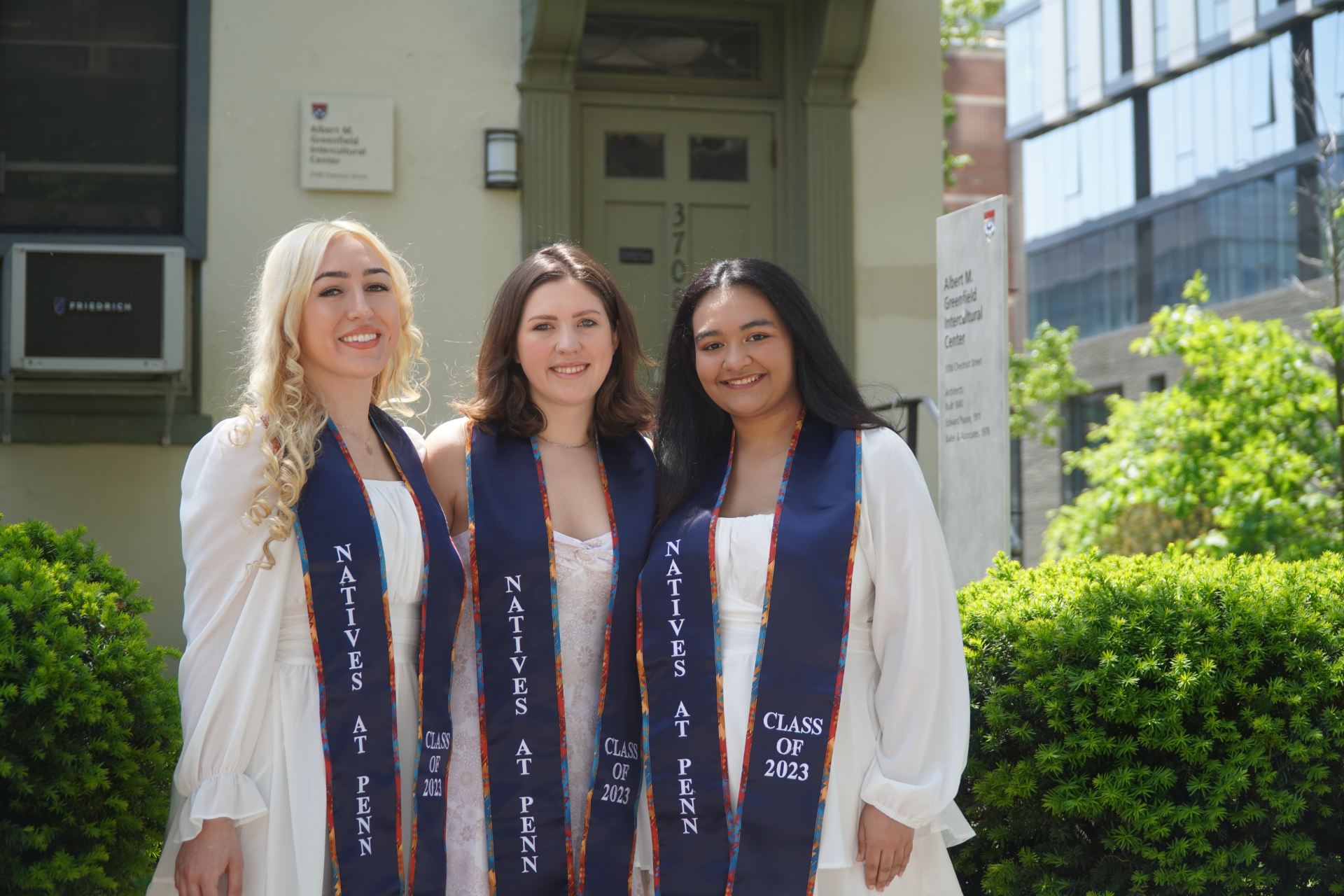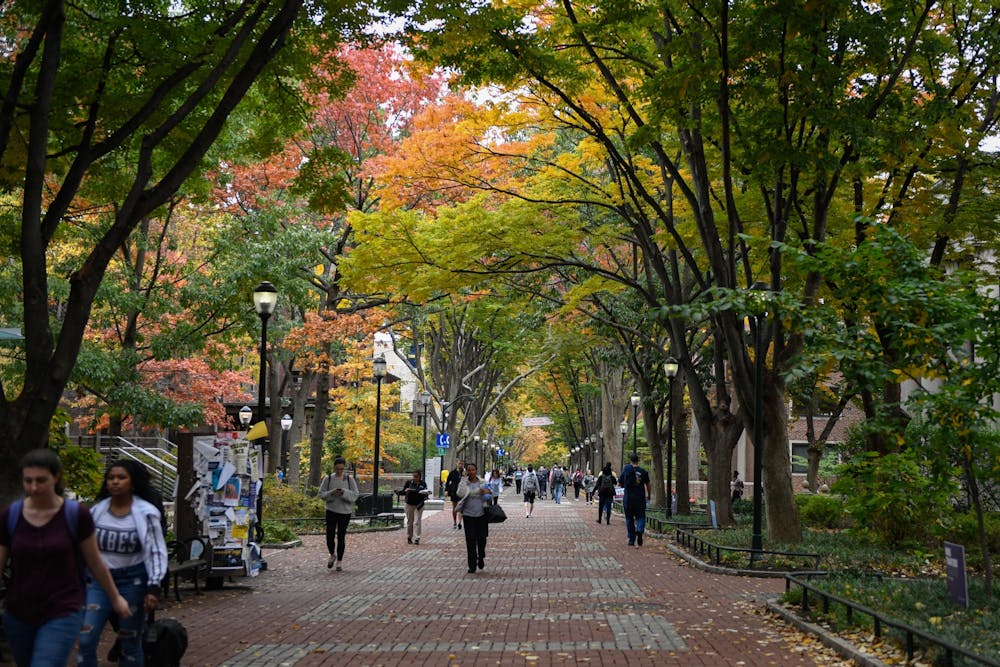Welcome to our page!

Natives at Penn is Penn’s Native and Indigenous student organization representing Native American, Native Hawaiian, Alaska Native, First Nations, and Indigenous students. We are dedicated to increasing awareness of Native & Indigenous culture, history, and contemporary issues while providing community for Native/ Indigenous students and allies.
History
Natives at Penn was founded in 1994 as Six Directions. Student leaders such as Desiree Martinez, Bryan Brayboy, Sabrina Austin, Jaime Hale, Wendy Green, Vanessa Iyua, Megan Red Shirt Shaw, Talon Ducheneaux, Rosalis BadHorse, and many others began the decades long work of cultivating this community. Our primary support has been through the Greenfield Intercultural Center (GIC), Native/Indigenous community members, faculty, staff, and alumni, as well as allies in the Penn community.
NAP undergraduate and graduate students plan programs to increase awareness of contemporary Native/Indigenous issues, attend inter-school events such as the Ivy Native Conference, work with the Office of Admissions to sponsor recruitment efforts, and host Penn’s Annual Powwow every year. Apart from engaging with the Penn community, NAP students also attend events hosted by local tribes and are supported by the partnerships they create within their own communities as well. Members of NAP and NAP alumni represent nations from across Indian country including the Nanticoke Lenni-Lenape, Cherokee, Choctaw, Chickasaw, Sisseton Wahpeton, Crow Creek Sioux, Oglala Lakota, Diné/ Navajo, Cheyenne River Sioux, Micmaq, Lumbee, Schaghticoke, Miskito, Washoe, Tuscarora, Mescalero Apache, Potawatomi, Kānaka ʻōiwi/ Native Hawaiian, Zuni Pueblo, and more.
NAP is open to everyone – you may have been highly involved and know your culture and traditions, or you may be someone who knows they have Native/Indigenous heritage but have limited knowledge of their culture or history, or you may even be someone who does not identify as Native/Indigenous but is interested in learning more about Native/Indigenous issues. We are excited to welcome all and know that we can accomplish a lot together in the coming years.
NAP Land Acknowledgement
It is with deep respect that Natives at Penn (NAP) acknowledges the ancestral grounds upon which the University of Pennsylvania stands, known as “Lenapehoking,” the traditional homeland of the Lenape people, also known as Lenni-Lenape or Delaware Indians. The Lenni-Lenape are a matrilineal society who inhabited the area for thousands of years prior to European colonization, whose descendants include the Delaware Tribe and Delaware Nation of Oklahoma, the Nanticoke Lenni-Lenape, Ramapough Lenape, Powhatan Renape of New Jersey, and the Munsee Delaware of Ontario. These are the people who, during the 1680s, negotiated with William Penn to facilitate the founding of the colony of Pennsylvania.
Furthermore, we recognize and acknowledge the labor upon which our country, state, and institution are built. Our nation’s and institution’s history bears the weight of a labor force composed of enslaved individuals, who were forcibly taken from the African continent and brought to the United States and the continued contribution of their survivors.
Our acknowledgment of this land’s history serves as a reminder of the foundation upon which our institution is built. It prompts us to recall that there were and continue to be alternative ways of life and that knowledge can inspire us to challenge prevailing patterns of oppression.
As an intertribal group of Indigenous students, NAP strives to foster a community where Native and Indigenous students can openly share their stories and cultures. We also commit to educating the broader Penn community by extending a warm invitation to our various events and annual powwow, where it can be seen that despite hundreds of years of fighting disease, displacement, and cultural erasure, Native and Indigenous Peoples are still here and we are still strong.

“We are what we imagine. Our very existence consists in our imagination of ourselves. Our best destiny is to imagine, at least, completely, who and what, and that we are. The greatest tragedy that can befall us is to go unimagined.”
– N. Scott Momaday, Kiowa, “The Man Made of Words: Essays, Stories, Passages“
